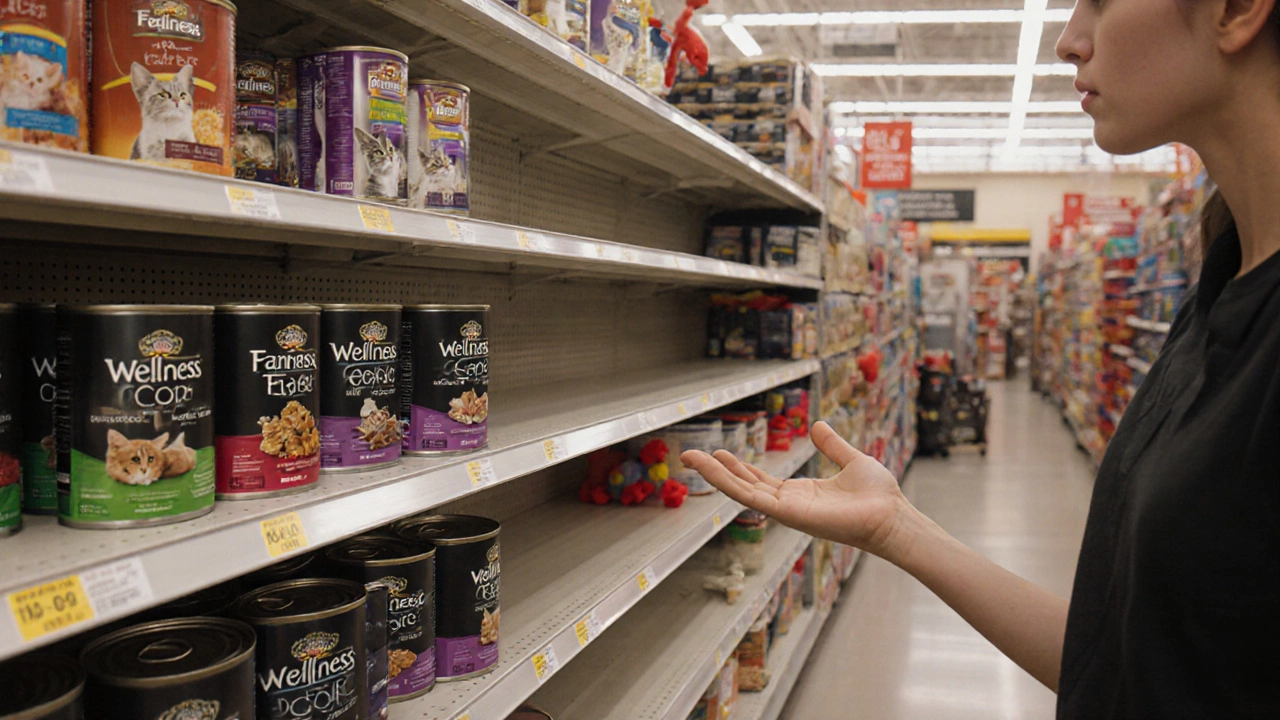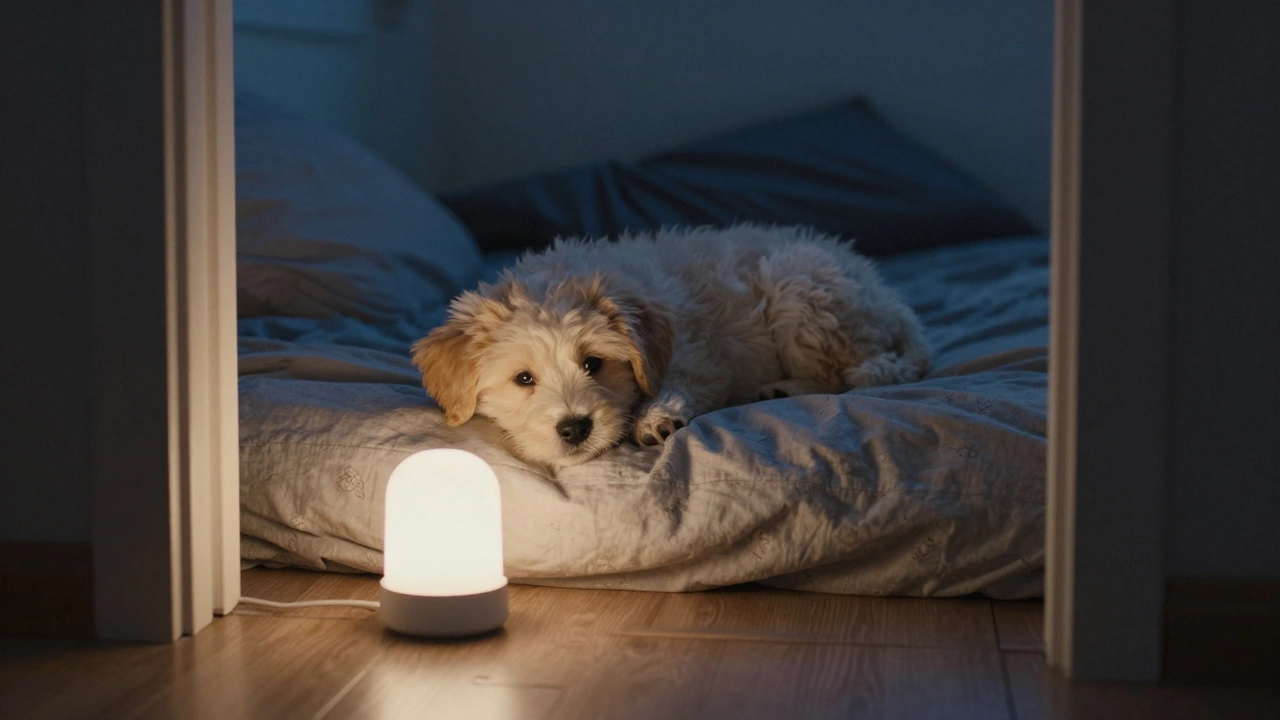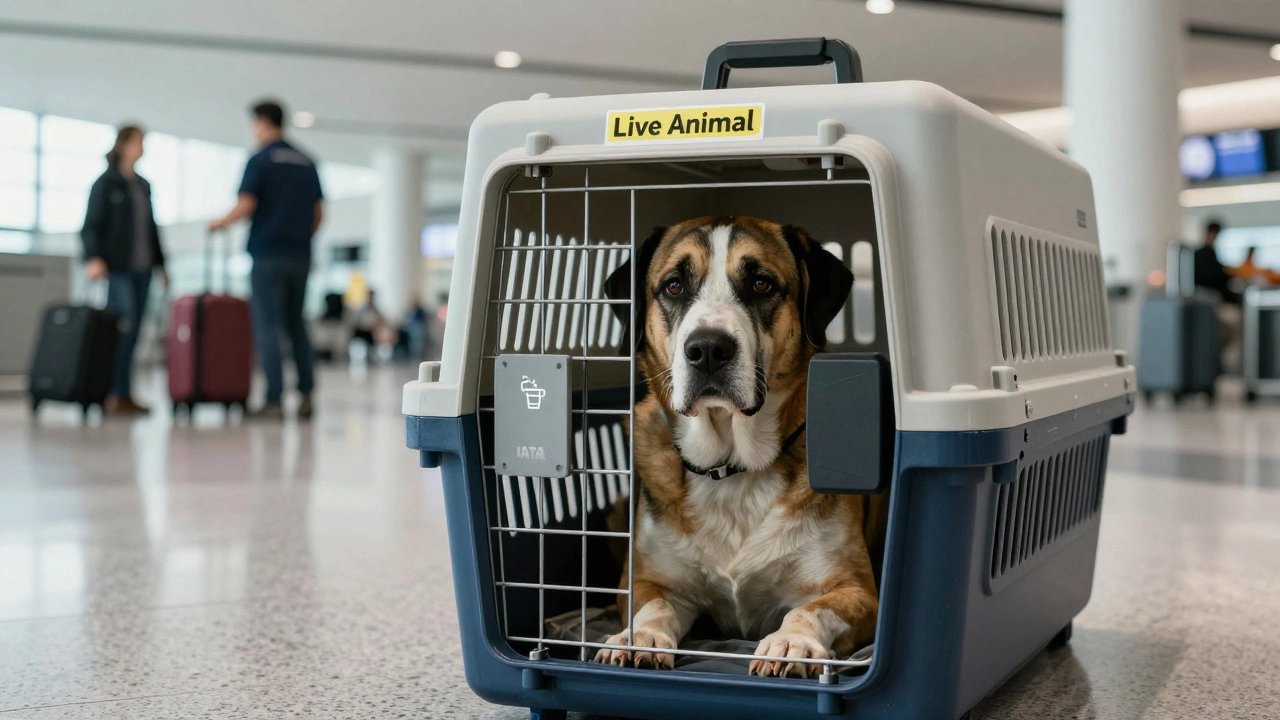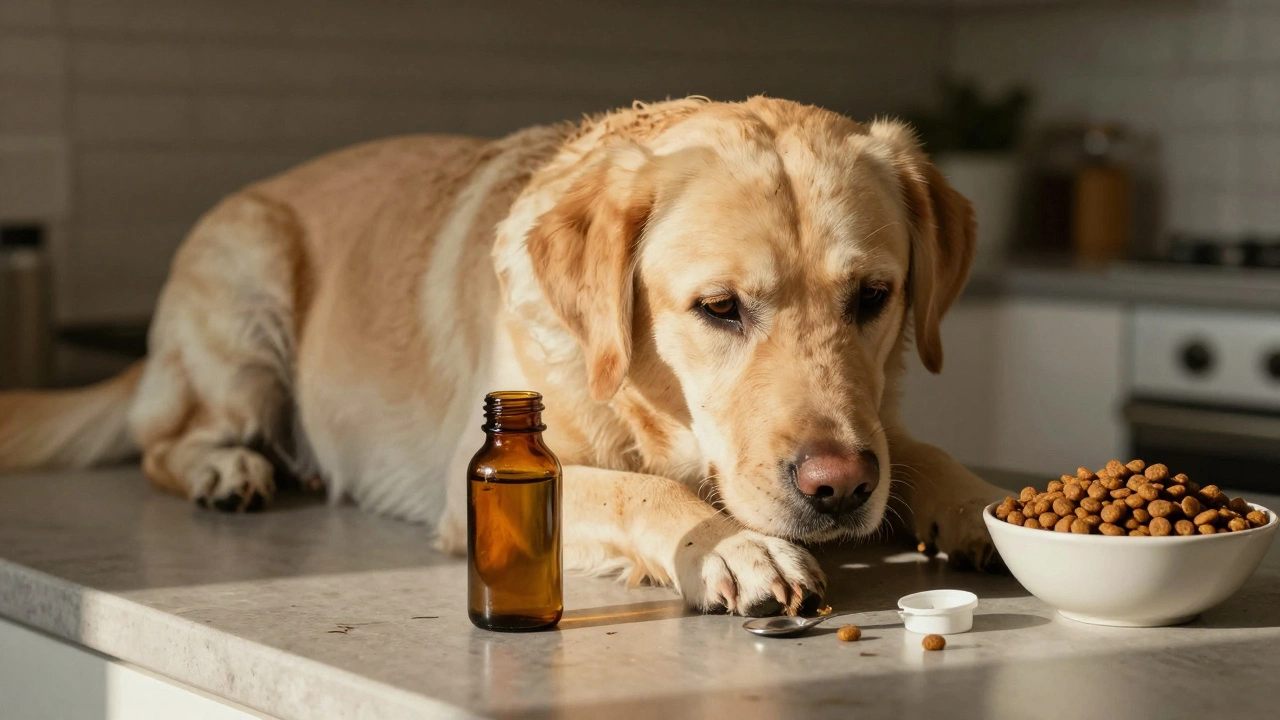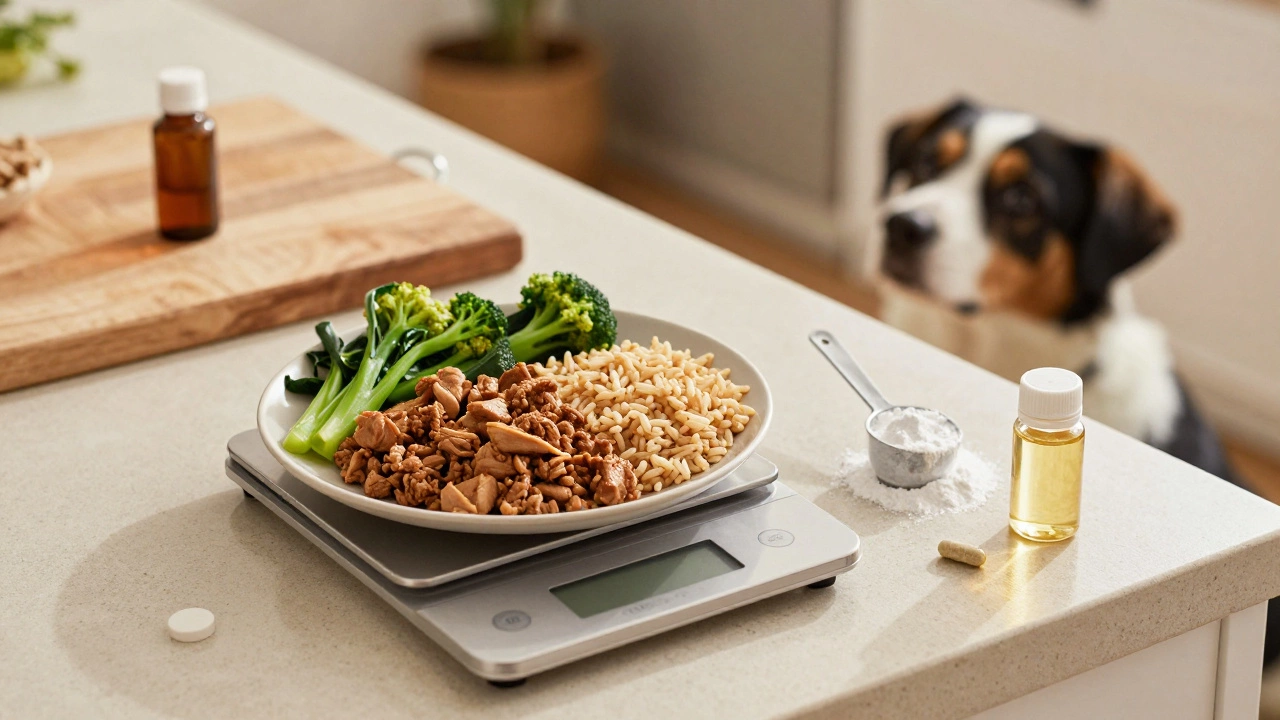Petco Cat Food Changes: What You Need to Know About Ingredients and Health Shifts
When you buy Petco cat food changes, refers to updates in formula, ingredients, or sourcing made by brands sold at Petco stores and online. Also known as cat food reformulations, these changes often happen without clear warnings—leaving pet owners confused about whether their cat’s food is still safe or nutritious. Many of these shifts are driven by supplier issues, cost pressures, or new FDA guidelines, but they can affect your cat’s digestion, energy, and long-term health.
One major concern tied to cat food ingredients, the specific components used in commercial cat food, including proteins, fillers, and additives is the sudden switch from named meat sources like chicken or salmon to vague terms like "meat by-products" or "poultry meal." Some brands under Petco’s private labels have made these swaps quietly, and owners only notice when their cat stops eating or develops skin issues. The feline nutrition, the science of what cats need to thrive, including taurine, arachidonic acid, and high animal protein isn’t something you can guess—cats are obligate carnivores, and even small drops in meat quality can lead to heart problems or poor coat condition over time.
It’s not just about what’s in the bag—it’s about what’s been taken out. Recent cat food recalls, official withdrawals of pet food due to contamination, mislabeling, or unsafe nutrient levels linked to Petco-branded products have raised red flags. In 2023, one batch of dry food was pulled after reports of vitamin D toxicity. Another recall involved mold in wet food cans. These aren’t rare. They happen more often than most owners realize. And Petco doesn’t always notify customers directly—you have to check the FDA’s recall site or monitor your cat’s behavior closely.
What’s the fix? Start by reading every label, even if you’ve bought the same brand for years. Look for the guaranteed analysis, the ingredient list, and the manufacturer’s contact info. If the formula changed, the packaging should reflect it—but sometimes it doesn’t. Compare the old and new bags side by side. If you see corn, soy, or artificial preservatives creeping in, it’s time to switch. Wet food often holds up better than dry when it comes to ingredient stability, and many vets recommend it for hydration and kidney health. Don’t assume price equals quality. Some of the cheapest options at Petco have the worst reviews from long-term users.
There’s no single "best" cat food, but there are smart ways to choose. Track your cat’s weight, litter box habits, and energy levels after any food change. If they’re vomiting, scratching, or lethargic, it’s not "just a phase." It’s a signal. You’re not overreacting—you’re paying attention. And that’s what separates good pet owners from the rest.
Below, you’ll find real stories, expert breakdowns, and honest comparisons from owners who’ve been through Petco cat food changes themselves. No fluff. No marketing. Just what works—and what to avoid.
Why Did Petco Stop Selling Fancy Feast? The Real Reason Behind the Change
Petco stopped selling Fancy Feast not because of quality issues, but to push its own private-label cat food line. Learn where to still buy Fancy Feast and whether alternatives like Wellness Core are worth trying.

